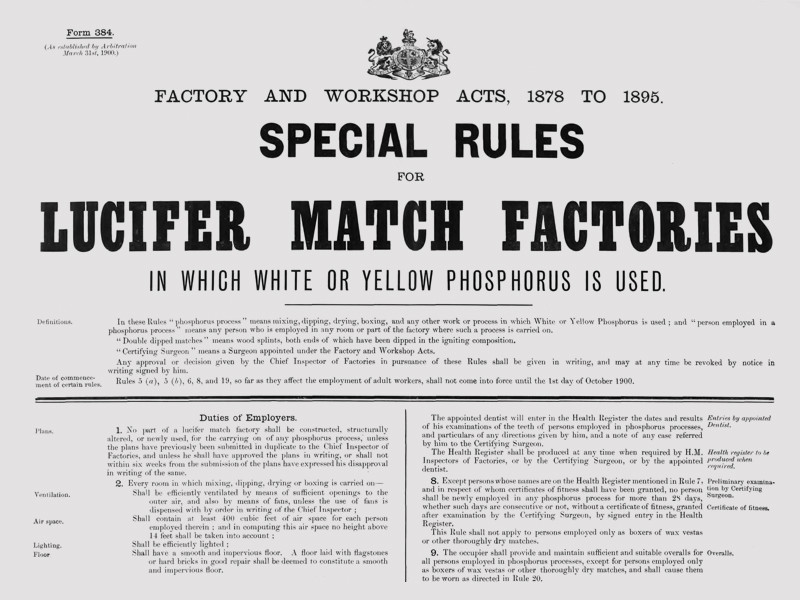British Women Trade Unionists on Strike at Bryant & May, 1888

Bryant & May Matchwomen's Strike, 1888
Using Bryant & May's own material, combined with contemporary accounts in personal journals and diaries as well as newspapers, it was possible to reconstruct the events of the strike in detail, and show its seminal importance to a new wave of trades unionismHistorian and author of 'Striking a Light'.
Access the full collection
Get full access to British Women Trade Unionists on Strike at Bryant & May, 1888.
Institutional Free Trial
Sign up for a FREE trialSingle User License
Purchase a license below to view the full collection.
Already have a license? Sign in to view the collection
Trade union history isn't just about men, learn about Irish women trade unionists

The matchwomen who were employed by Bryant and May went on strike over their working conditions in 1888. Their strike is historically significant due to the fact that it was led by working class women, many of whom were immigrants from Ireland. The year of the strike and the women's relationship to London dock workers have also led to the suggestion that their strike may in fact mark the beginning of New Unionism. These papers combine business records from Bryant and May with press coverage of the strike and photographs of the women who were involved.
Contents
British Women Trade Unionists on Strike at Bryant & May, 1888...
Bryant & May Matchwomen's Strike, 1888
Discover
Volumes
Insights
- These records provide a rare insight into the industrial practices and attitudes of the 19th century. Papers on the 'sweating system' cover a range of businesses and industries.
- Coverage of the strike includes shareholders' reactions to claims made by Wilberforce Bryant as well as reactions to the strike by journalists and politicians.
- Charles Dickens' journal Household Words features within papers from the early years of Bryant & May. The volume from May in 1852 includes a description of the damage done by phosphorus necrosis.










